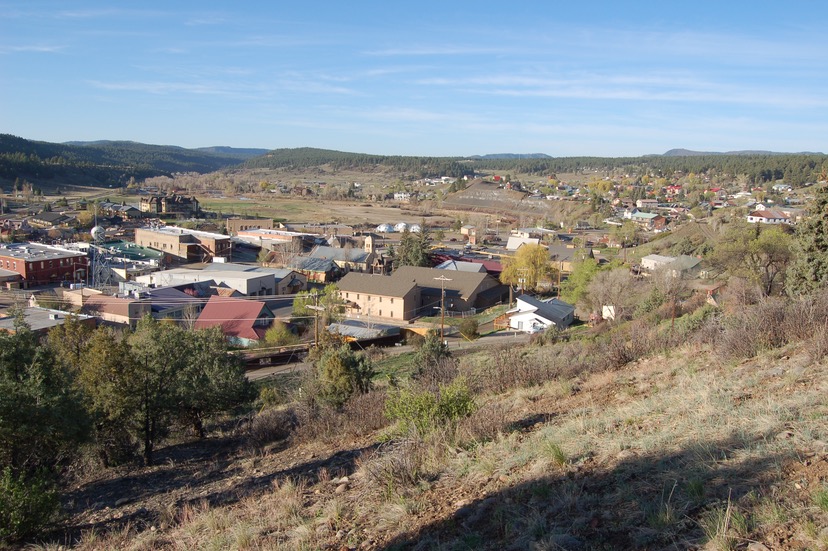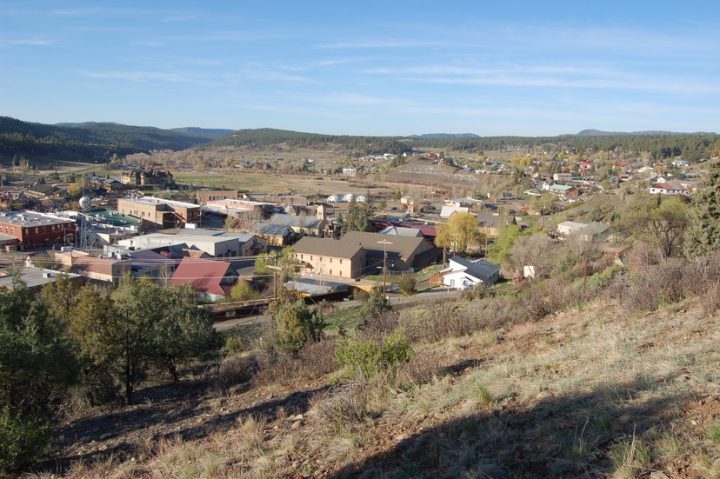A couple of weeks ago, I sent off an email to local business guru Mark Weiler. The two of us serve as volunteers on the Town Planning Commission, and we also serve on the volunteer board of Pagosa Peak Open School. We both care about our community, although we sometimes disagree about what the best possible future might look like.
I wanted to share, with Mr. Weiler, some of my research concerning the Town Land Use and Development Code (LUDC) — the regulations that define property rights within the Town limits. We had both been involved, recently, in a conversation about “gated communities” as part of our work on the Planning Commission.
Does the LUDC allow for “gated communities”? Or does it prohibit “gated communities”?
Hi Mark… hope you are enjoying your time At Home.
:-)
I’m trying to get a better understanding of the intent of the LUDC, and would like to know if you agree with my general understanding. I appreciated [Planning Commission member] Jeff Posey’s comment at a recent meeting, that he ‘doesn’t like gates.’ But I didn’t think his comment was backed up by the LUDC.
After a little bit of research, I’ve come to the conclusion that the LUDC also ‘doesn’t like gates.’ Not in relation to any particular subdivision, but just in general. As I’m coming to understand the LUDC, a new subdivision within the town must provide public streets, accessible to the public. In the section on subdivisions:
d. Access. There shall be no less than two (2) street rights-of-way accessing any subdivision to minimize traffic congestion and/or blockage in times of emergency. Additional access points are required for larger developments pursuant to Section 6.6.2.B.
As I quoted this regulation in my email to Mr. Weiler, I understood it to mean: if a developer wants to create a subdivision within the Town of Pagosa Springs, they must design their subdivision so that it has “two (2) street rights-of-way” accessing the subdivision. A developer cannot have just one access point into their subdivision.
But do these particular street rights-of-way need to be open to the public? Or can they be ‘private’? Again, from the LUDC.
7.4.1. STREETS
All street rights-of-way shall be dedicated to the public.
Not only are street rights-of-way required to be public, the sidewalks must also be public whenever they are in the public right-of-way.
7.3.5. SIDEWALKS, WALKWAYS, AND MULTI-USE TRAILS
The developers shall dedicate walkways, sidewalks, and multi-use paths to the Town, or to a duly formed owners’ association to the extent they are not within the right-of-way, as recommended by the Planning Commission.
I understood all this to mean: “In order to build out a legal subdivision, you must have at least two street rights-of-way access points, and additionally, all street rights-of-way must be publicly accessible. If you build sidewalks or trails within a public right-of-way, these also must be publicly accessible.”
The LUDC also stated this:
7.3.3 B. Lots.
1. Each lot shall have frontage on a public street right-of-way. No lots shall be created that are narrow or irregularly shaped, making construction impractical due to the inability to meet the setback and yard requirements.
It would appear, from a careful reading of the LUDC, that a new subdivision can indeed have private driveways and private roads and private sidewalks and paths — so long as every lot has frontage on a public street right-of-way.
In other words, the LUDC requires new subdivisions to emulate the public, community-oriented access defined by US surveyor Benjamin Smith in 1883, when he laid out the original plat for the Pagosa Springs town site. I don’t think I’m overstating this fact, because the LUDC itself says pretty much the same thing regarding subdivisions:
B. Street design shall be coordinated with the Town’s overall transportation system design and transportation systems on adjacent land.
Our existing downtown was platted and constructed so as to surround each residential or commercial block with public streets, public alleys and public sidewalks (wherever the sidewalks have been installed in the right-of-way.) Our downtown was designed, from the very beginning, to encourage social connections between residents, no matter their age, race, religious beliefs, or level of personal wealth. Our town has always had the overall character of a shared community, and the LUDC has been carefully written to preserve this kind of community.
I don’t know about our Daily Post readers, but this discovery — that our Town wants to preserve the friendly, social character that has always existed in Pagosa Springs, and is willing to require new subdivisions to help preserve that character by providing public streets and sidewalks — gives me a warm feeling inside.
More from the LUDC:
7.2.1. These Subdivision Regulations are designed and enacted for the purpose of promoting the health, safety, convenience, order, prosperity and welfare of the present and future inhabitants of the Town by:
A. Encouraging new subdivision developments to relate to the Town’s historic development pattern.
B. Promoting compact, well-defined, sustainable neighborhoods that enhance the Town’s character and are compatible with adjoining lands…
D. Creating livable neighborhoods that foster a sense of community and reduce dependency on private vehicles.
E. Encouraging the proper arrangement of streets in relation to the Access Control Plan and to existing or planned streets and ensuring streets facilitate safe, efficient, and pleasant walking, biking and driving.
As far as I can discern, the LUDC does not attempt to prohibit subdivisions within the Town limits. But it does demand that those subdivisions be designed so as to give each lot frontage on a public street, with streets and sidewalks open to the public.
I concluded my email to Mr. Weiler:
I would love to hear you thoughts on this issue… NOT in relation to any particular subdivision, but in terms of how you interpret the meaning of the LUDC, in general.
Bill
I would love to hear from any other Daily Post readers who might have comments about the character of our downtown, or who might have a different interpretation of the LUDC regarding “gated communities.”


